Planning the perfect photo cruise to Antarctica
What you need to know before you set off on a wildlife photography cruise to Antartica, the Seventh Continent
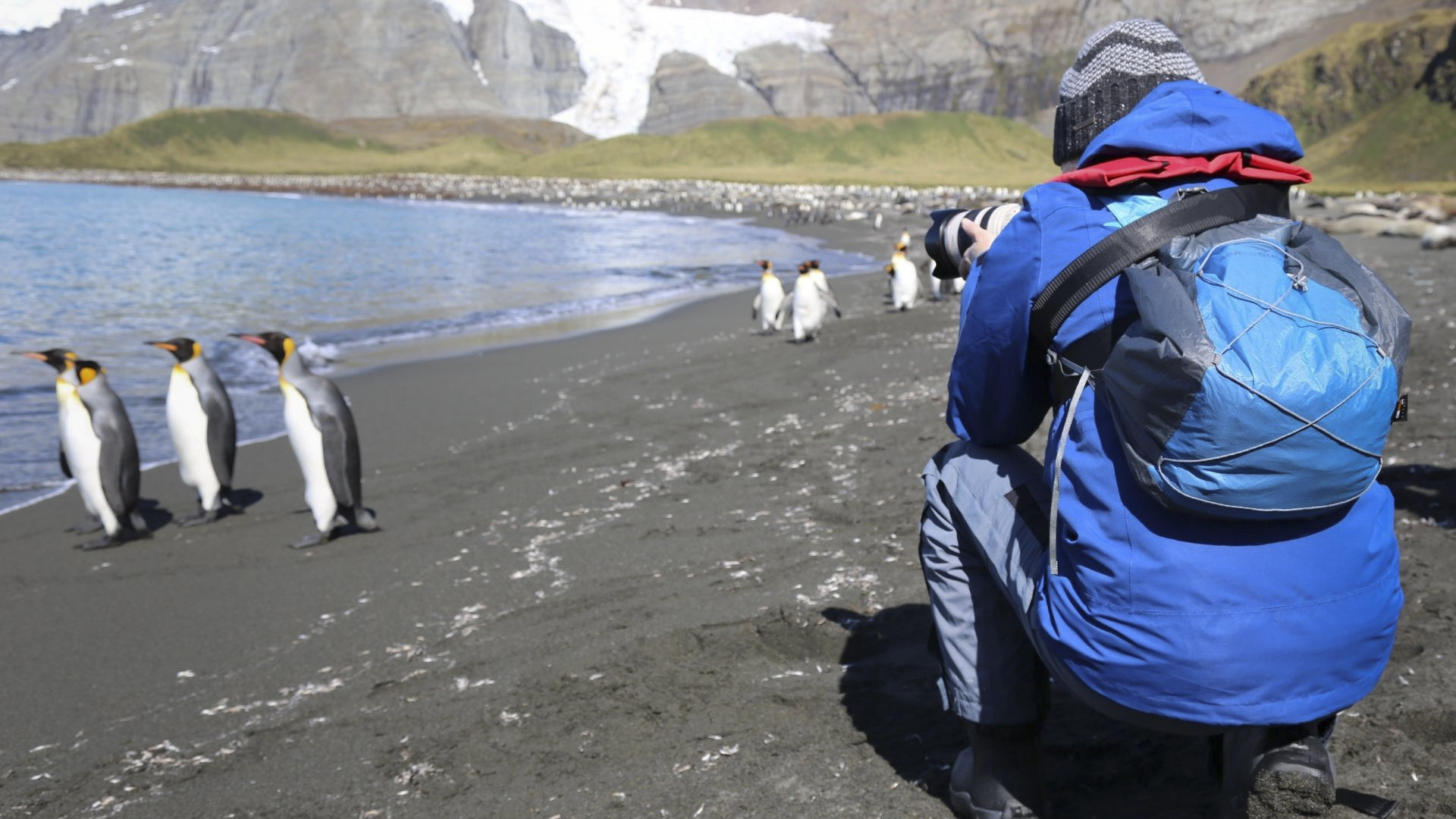
Once-in-a-lifetime wildlife encounters and access to some of the world's most unspoiled and remote landscapes. A trip to Antarctica is the stuff of dreams for any wildlife or landscape photographer. It’s expensive, yes – prices start at around $5,000 and the average is $8,000 – but it’s worth saving up for. Here’s what you need to know to book the greatest photography trip of your life.
1. Finding an itinerary
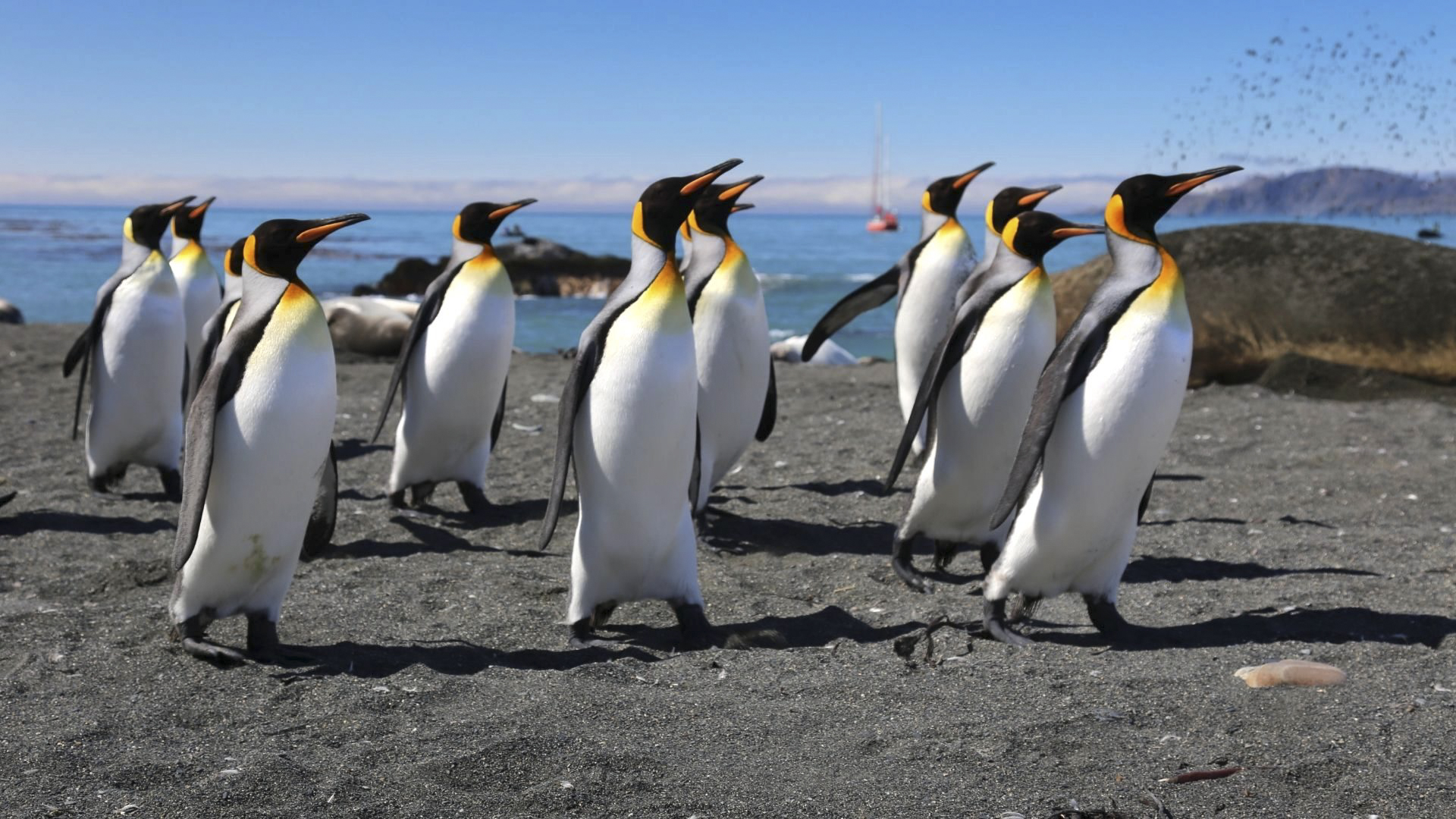
It takes two or three days to cross the Drake Passage between Ushuaia in Argentina to the Antarctic Peninsula, and the same again to get to South Georgia. Either way you’re going to be spending a lot of time on whatever ship you book.
Your first decision is the itinerary. If you need to economize you can go on a quick there-and-back trip to the Antarctic Peninsula, but you’re likely to have a very brief time with the Seventh Continent. If you can possibly afford the time and expense then the sub-Antarctic island of South Georgia adds another dimension to the trip and will at least double the amount of wildlife you get to photograph. The average cost of a 20-day itinerary that adds South Georgia and the Falkland Islands is $11,000.
2. Choosing a ship
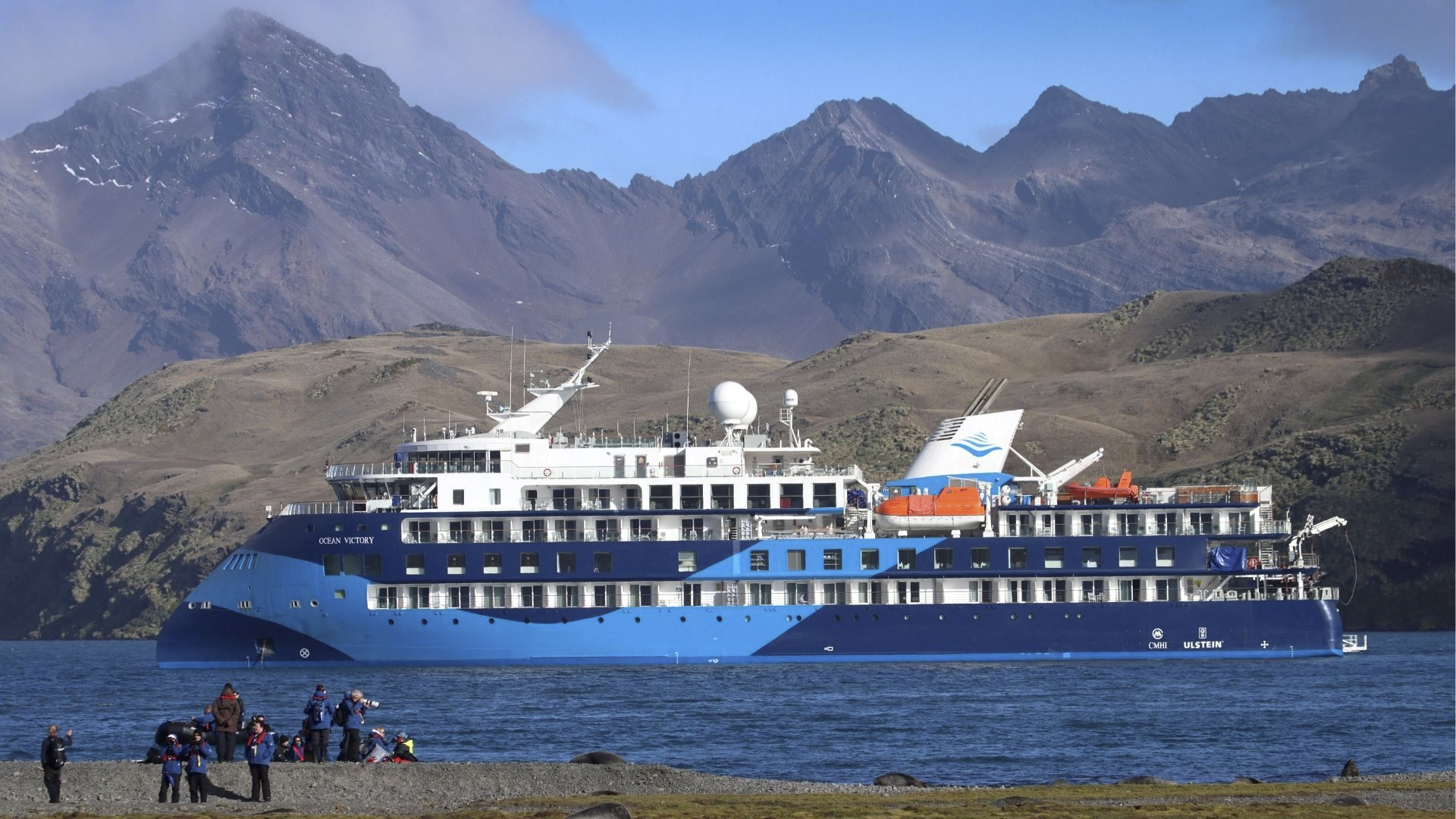
Passenger ships that cruise the waters around the Antarctica Peninsula and South Georgia come in many shapes and sizes. As a rule of thumb, as a photographer you want to go on an expedition cruise on a ship that’s as small and as modern as possible. That way you’ll have a more intimate experience and be able to access all the nooks and crannies of Antarctica. Typically that means about 100 guests, though if you get seasick and stability is high on your list of priorities try one of the new fleet of ships with an X-Bow hull that look odd yet have incredibly effective stabilisers (and host about 200 guests). Mostly you can expect gourmet food, ensuite facilities and everything else you might get in a top hotel.
Check if other activities are included, or cost extra, such as camping out on the ice, kayaking and hiking, snowshoeing and mountaineering. All can be wonderful photographic opportunities, though all are incredibly weather-dependent.
Also choose a cruise operator that’s a member of the International Association of Antarctic Tour Operators (IAATO), which set strict standards to protect the pristine Antarctica environment. In practice that means all your landing kit – including your camera gear – will be checked on board for seeds and dirt.
3. What gear to take
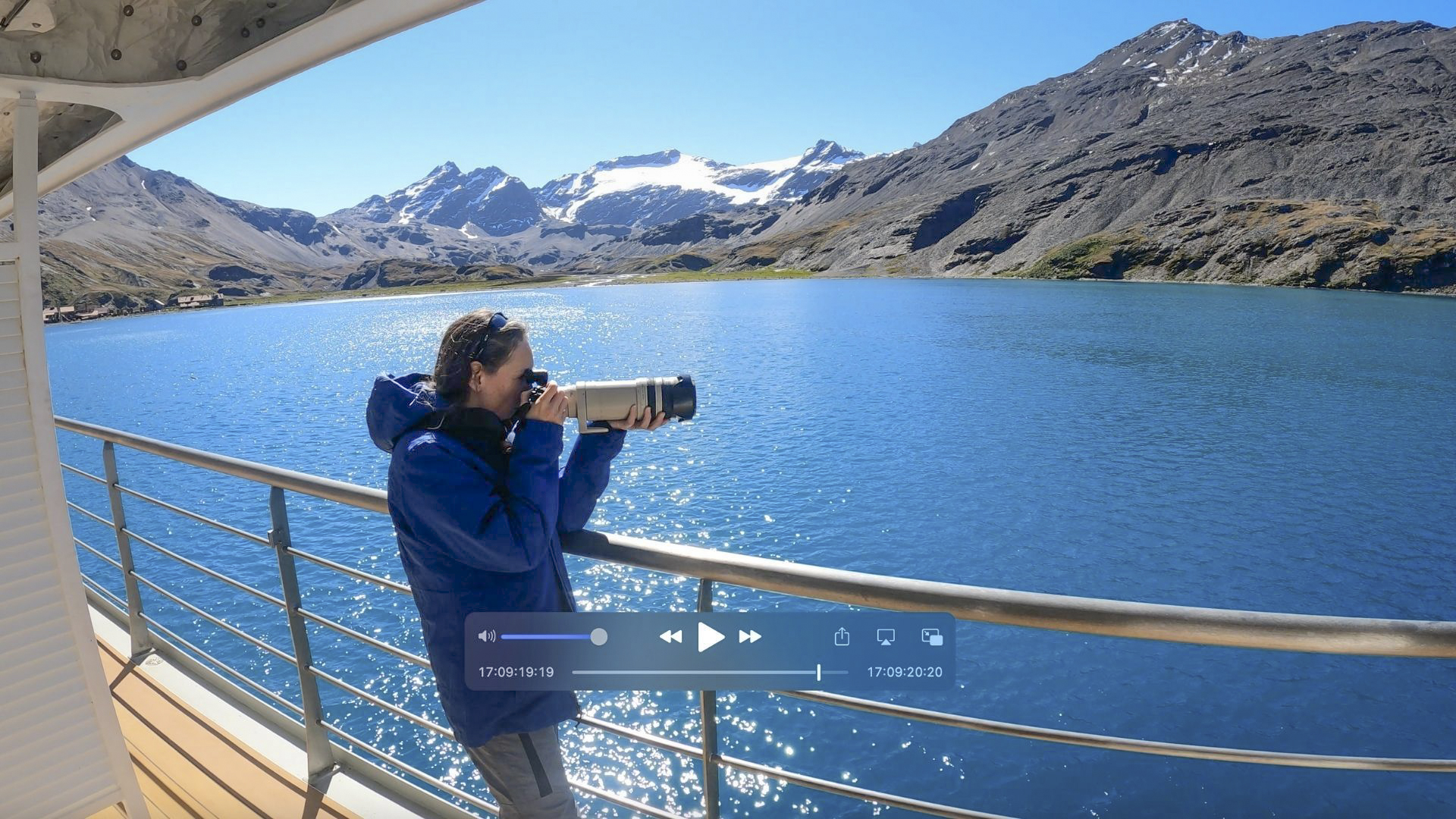
A surprising number of guests will be armed only with a smartphone. In fact, if you take a 800mm zoom lens you’re going to be in the minority. You’re also going to have a great chance to take some wonderful shots that the other guests could only dream of.
Get the Digital Camera World Newsletter
The best camera deals, reviews, product advice, and unmissable photography news, direct to your inbox!
However, it pays to be flexible. You may well find yourself on a beach where penguins are literally a couple of metres from you. On that same beach you can also find yourself 10 metres from baby penguins who have just hatched. So, short lens or long lens? Take both! Changing lenses in Antarctica is not a good idea, so the best advice is to take two cameras. That doesn’t necessarily mean that you need to take to the best mirrorless cameras or the best DSLR cameras. In fact, it's the zoom lens that's the most important. Your second camera could just be a smartphone.
You’ll see a lot of people waving a GoPro camera around. In theory they're great for dipping underwater to get a shot of a whale, seal or penguin, but in practice this is unlikely. More likely you’ll use one to capture some wide-angle this-is-what-it-was-like video footage featuring the humans around you, not wildlife.
As for memory cards, about three 32GB SD Cards is wise, with a laptop and a portable hard drive to offload them to after each landing.
A waterproof camera backpack is useful; choose one that gives you swivel-access to your camera because it’s not allowed to lay your gear on the beach, particularly in South Georgia. What you don’t need is a tripod since there’s never enough time or stability to use one.
4. What to expect on the ship
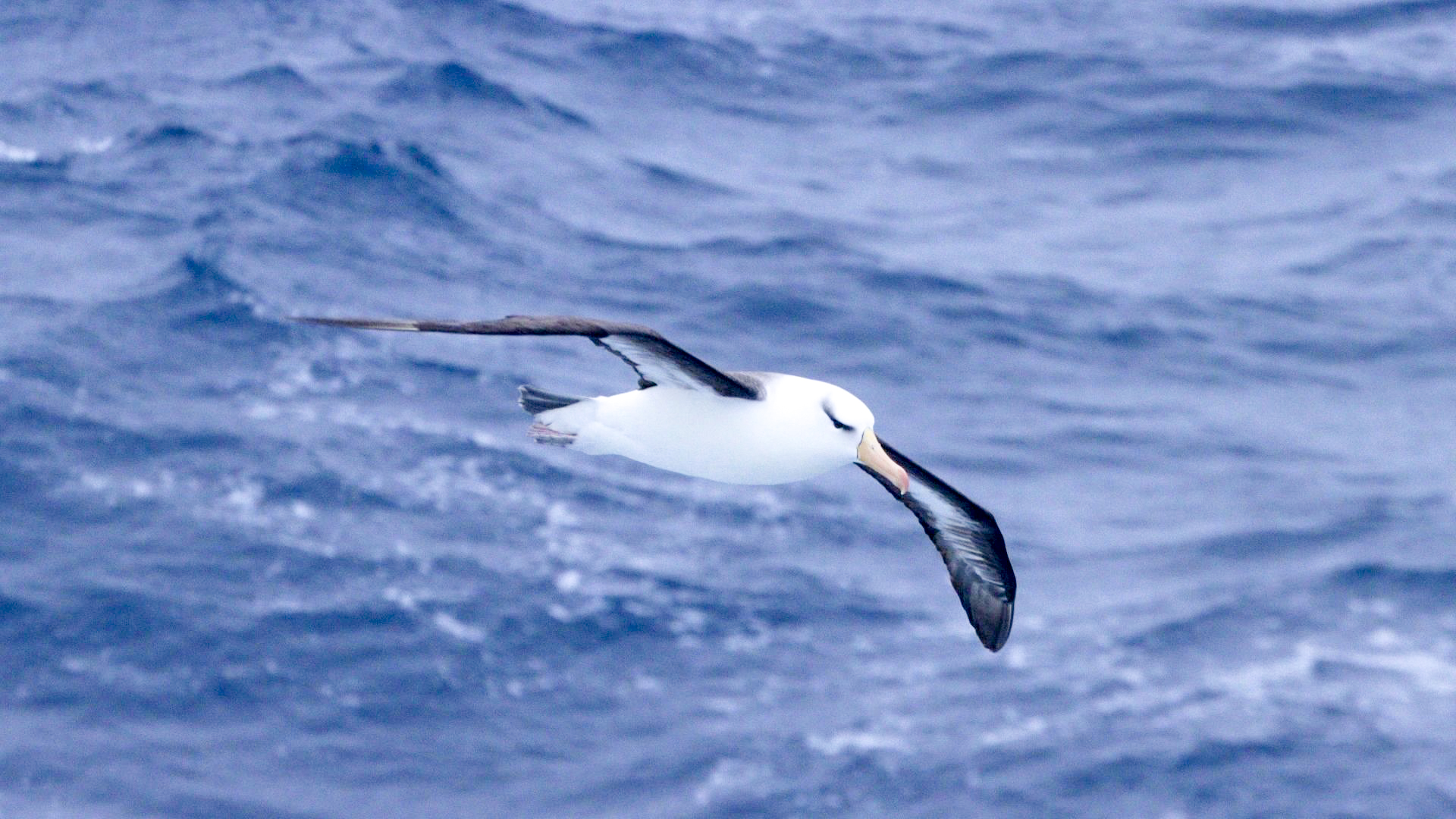
Most Antarctica trips are not dedicated to wildlife photography. Sure, you will probably have a lecture from the ship photographer about what kinds of cliche photos to avoid, how to behave when you're photographing wildlife, perhaps some basic do’s and don’ts, and a discussion about composition, but don't expect to be told how to take photos. Do your own research before you go.
On the ship itself there will be more of a focus on the natural world, with a reasonably full schedule of lectures about everything from the life-cycle of a penguin and the history of whaling in Antarctica to geology and the importance of krill. Mostly these lectures are timed to coincide with a planned visit to a particularly relevant place. For example, you're likely to have a lecture on the wandering albatross while you're crossing the Drake Passage. You will likely then be taken outside by the ship photographer to try your hand at this particularly tricky task, though you’ll probably have already tried; taking photos of birds flying close to the boat will be how you spend most of your time taking photos.
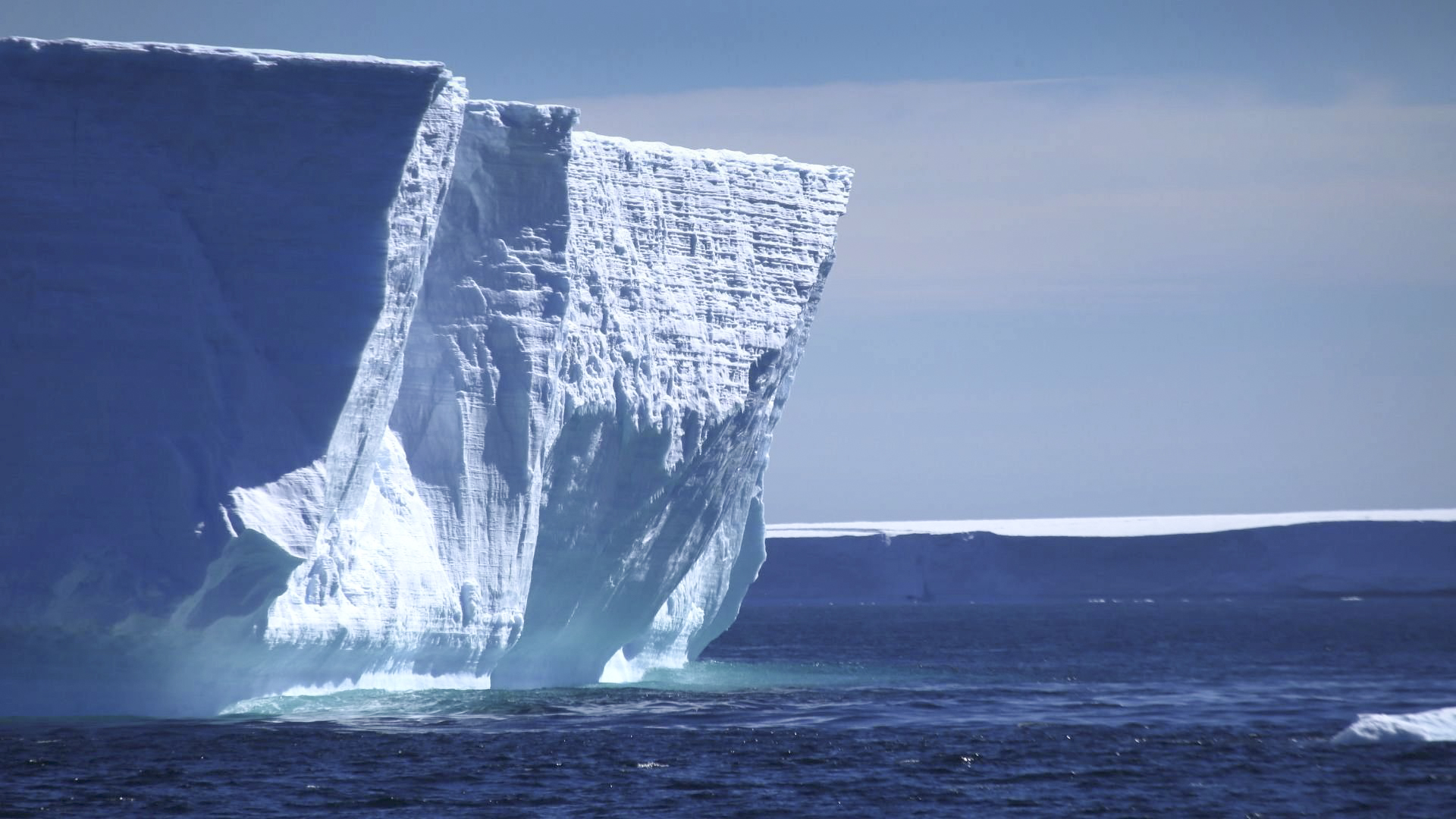
The beauty of spending hours attempting to get good pictures of the wandering albatross, storm petrels and skuas following your ship (typically on your own) is that you're likely to be in a good position to capture a breaching humpback whale. However, bear in mind that the captain is always on the lookout for opportunities, radioing down to expedition staff if there's likely to be excitement close to the boat.
5. What to expect during landings
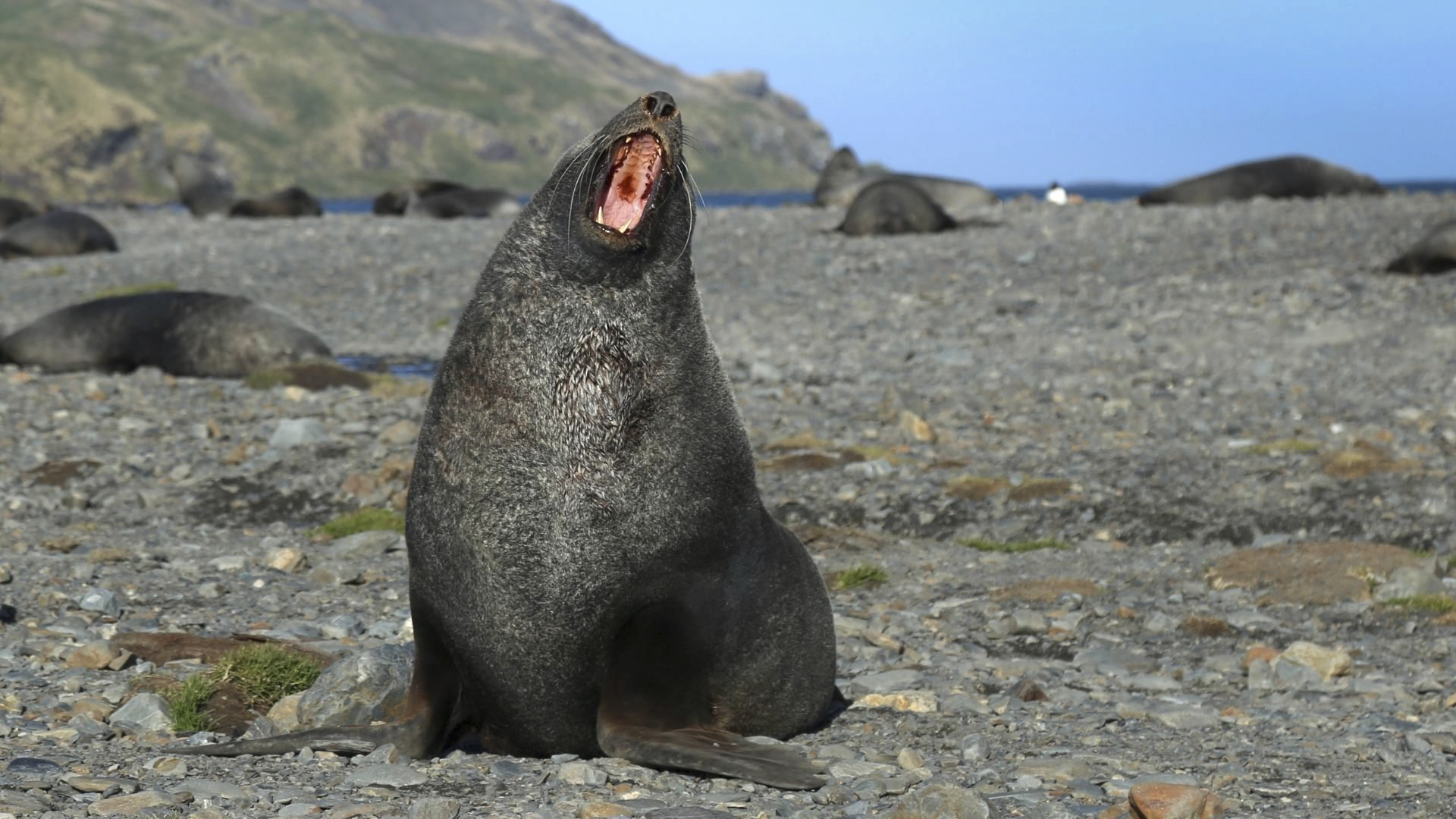
All landings are weather dependent, and if you're lucky, you may not even make a single one during your trip. It happens. However, with a little luck you should be able to make five or six landings during a two week cruise. The operators have a strict booking system with IATA and try to follow the timetable they've given, arriving in good time and sending out scouts to see if the beach is calm enough for zodiac landings. It's often a 50/50 decision because the swell near the beach can be dangerous. Once you're given the go-ahead the expedition leader will likely make an announcement and everyone in a particular group of, say, 20 or 30 people, will be asked to make their way to the mudroom to put on rubber boots, warm jacket and life jacket (typically supplied).
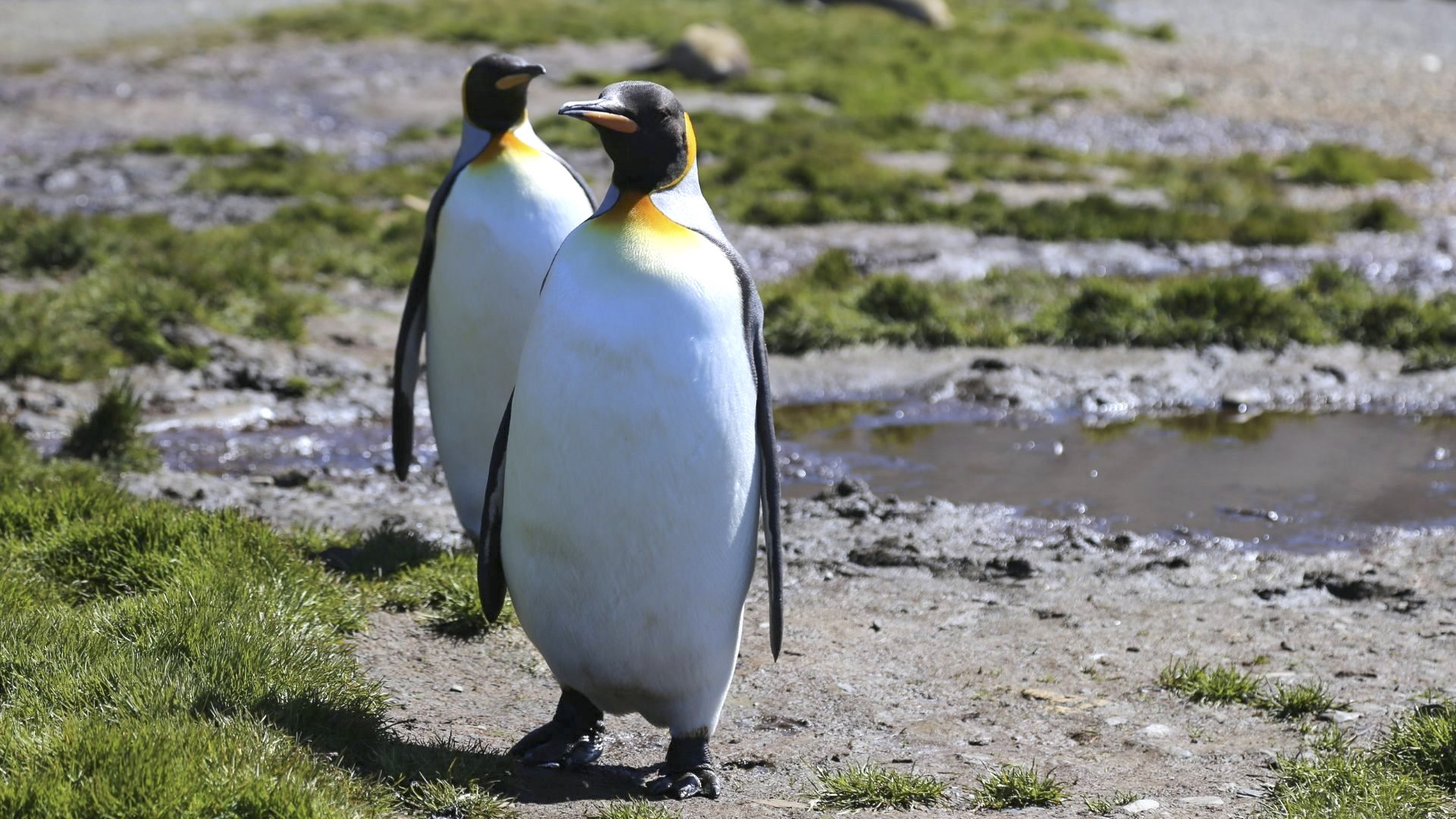
Landings are not particularly physically demanding, but it’s not a good idea to have a camera slung around your neck. Once on the beach the guides usually tell you where you're allowed to go, and often they set up a marked trail along the beach that you’re supposed to stick to. Penguins, elephant seals and fur seals generally completely ignore this, of course, and you'll find them in your way. The site of a penguin, or a group of them, heading straight for you and looking you in the eye is a wonderful opportunity to take a photograph, but you only have a few seconds before you're in their way. Many of the best wildlife photographs on these beaches are taken by people who crouch down as low as possible to get to the height of the penguins. You can expect to be on the beach for around an hour or so before being called back to the zodiacs.
6. What to expect during Zodiac cruises
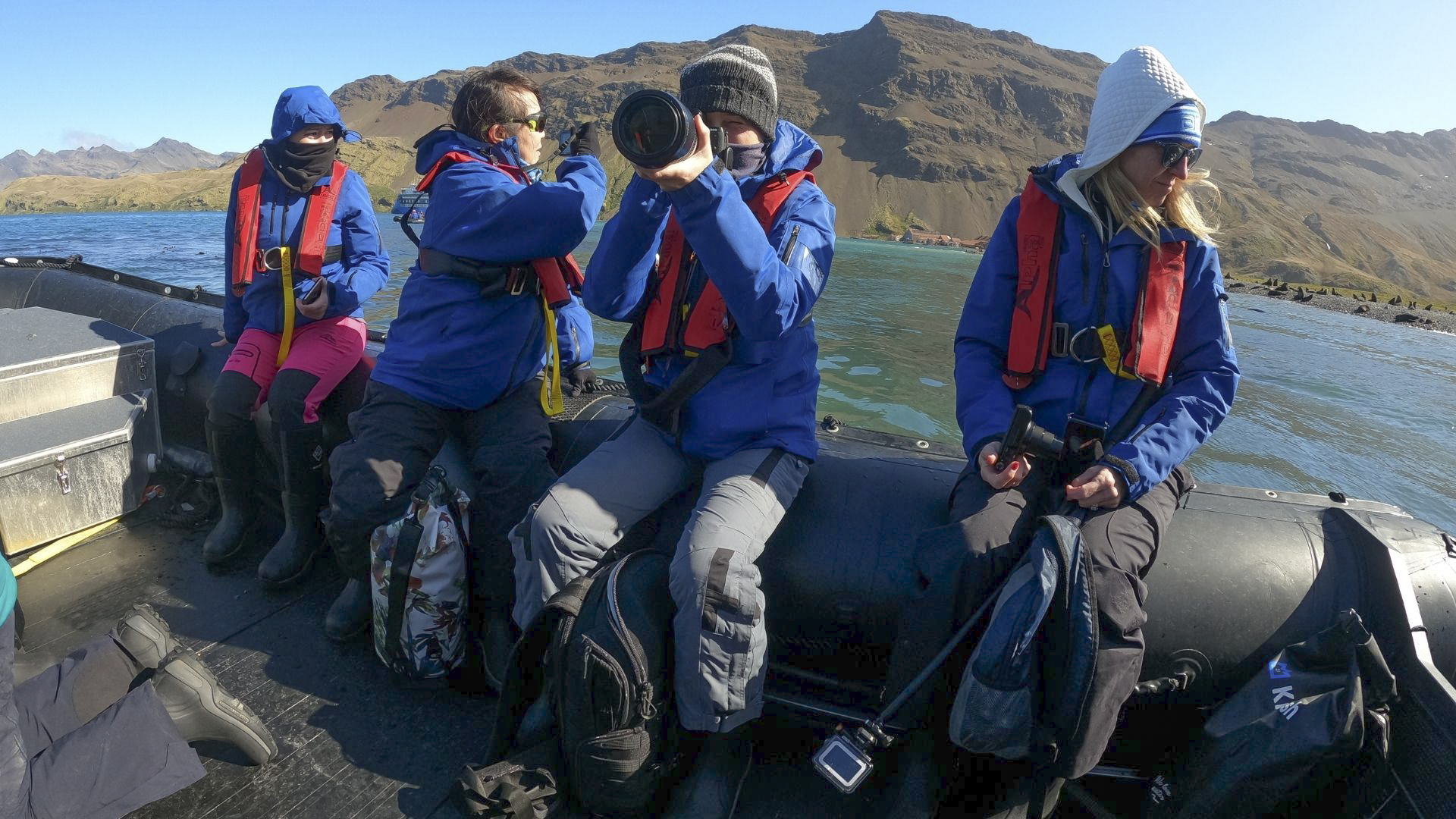
If it's not possible to make a landing in one of your destinations you will likely be offered a Zodiac cruise instead. Lasting around an hour or so, this usually comprises sailing along the beach you would've landed on, but also getting to areas that you wouldn't have seen from land, which can include hidden penguin rookeries, floating icebergs and – if you’re really lucky – humpback whales. From a photography perspective, Zodiac tools are a little challenging. There are likely to be four people on each side of the zodiac, which means you either have to twist to take photos behind you or risk having people's heads in your shots. So it's good practice to swivel and kneel down if there is something to photograph on your side, allowing those behind you to get good shots. It works both ways. The zodiac cruises tend to be fairly sedate affairs, so you can confidently extract your camera. It’s wise to keep keep your camera bag between your legs so you can put it away once the zodiac speeds up on the way back to the boat. That's when It can get quite choppy, and your camera can get splashed.
Follow this guidance and you’ll get the most out of what really can be one of anyone’s top photography experiences.
Read more
Best camera for wildlife photography
Best lenses for bird photography
Best gloves for photographers

Jamie has been writing about photography, astronomy, astro-tourism and astrophotography for over 15 years, producing content for Forbes, Space.com, Live Science, Techradar, T3, BBC Wildlife, Science Focus, Sky & Telescope, BBC Sky At Night, South China Morning Post, The Guardian, The Telegraph and Travel+Leisure.
As the editor for When Is The Next Eclipse, he has a wealth of experience, expertise and enthusiasm for astrophotography, from capturing the moon and meteor showers to solar and lunar eclipses.
He also brings a great deal of knowledge on action cameras, 360 cameras, AI cameras, camera backpacks, telescopes, gimbals, tripods and all manner of photography equipment.
